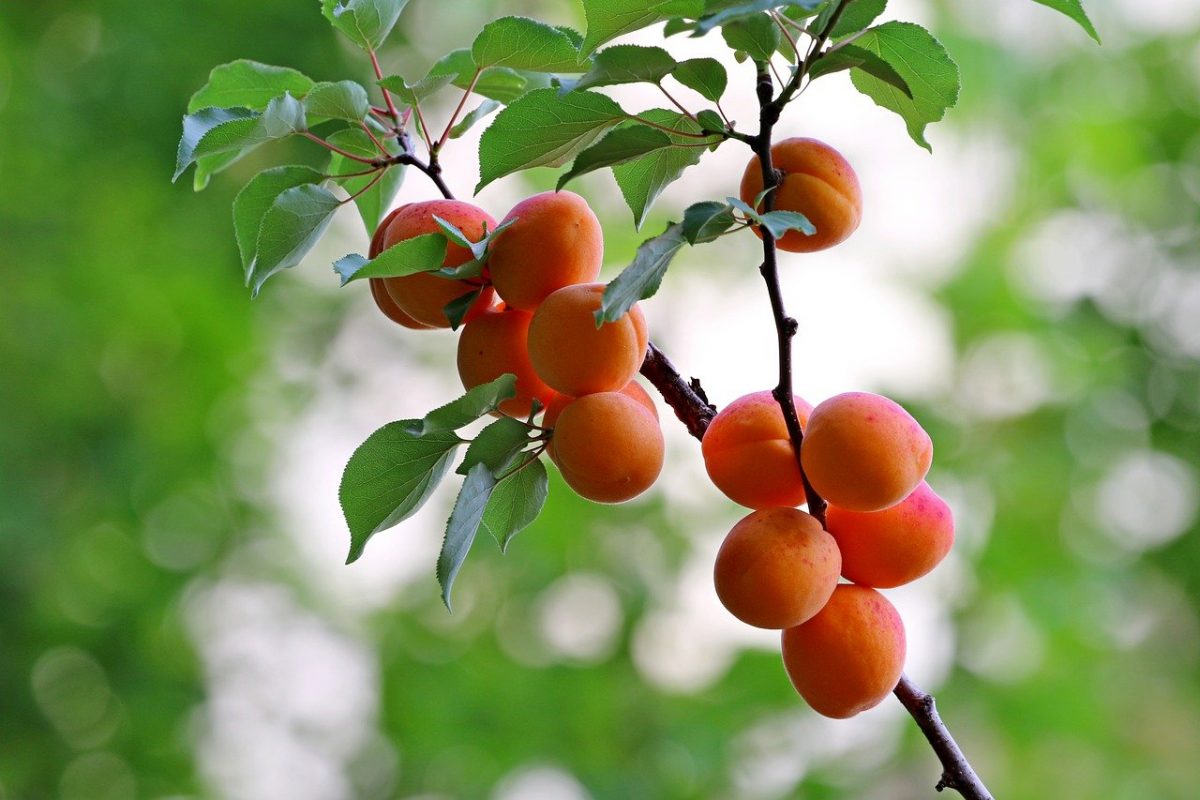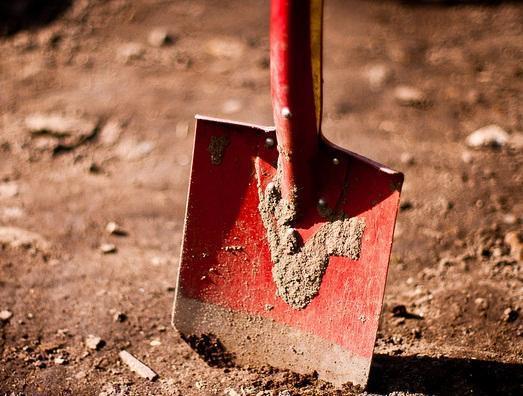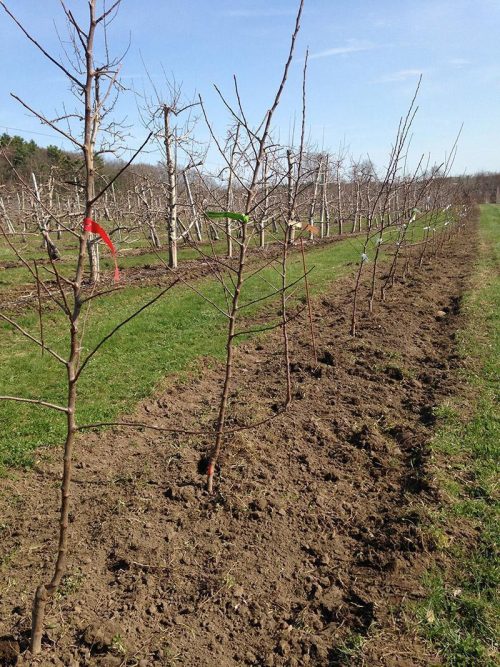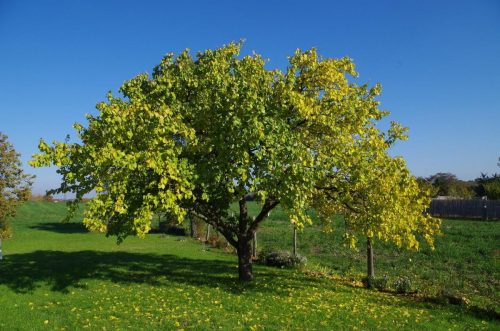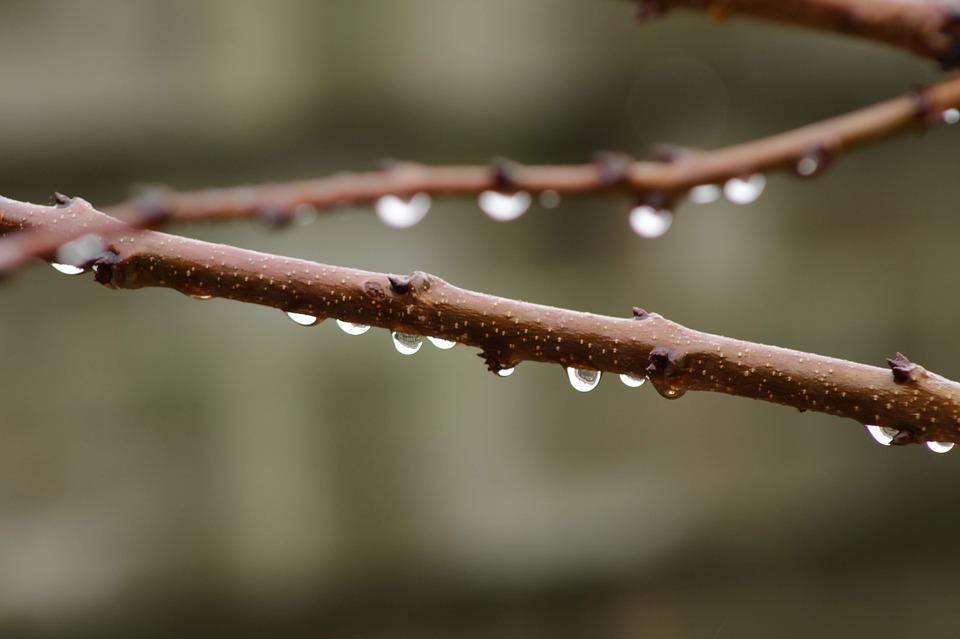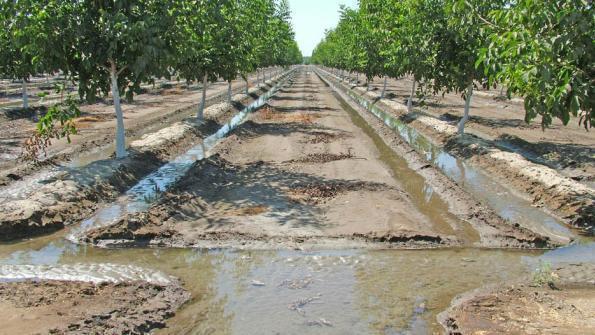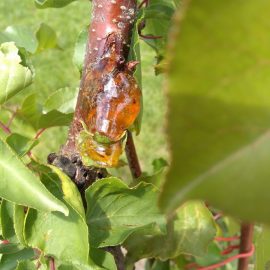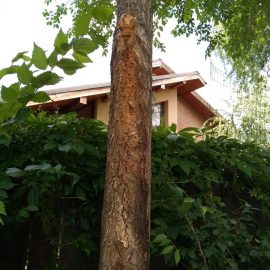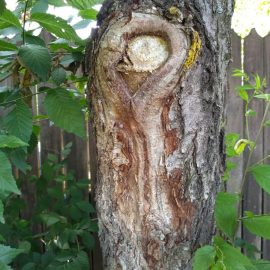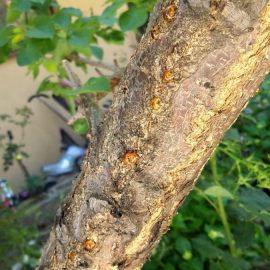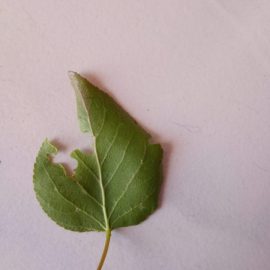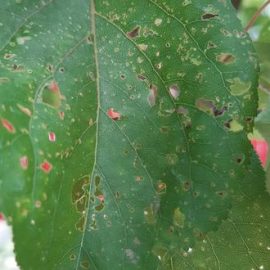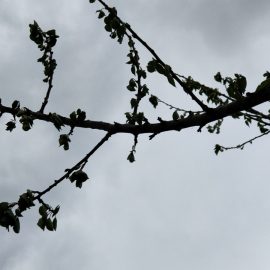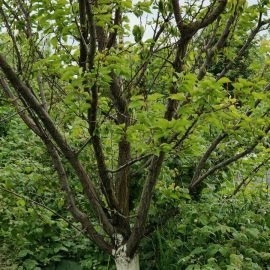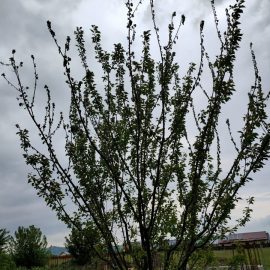Apricot tree, planting, growing and harvesting
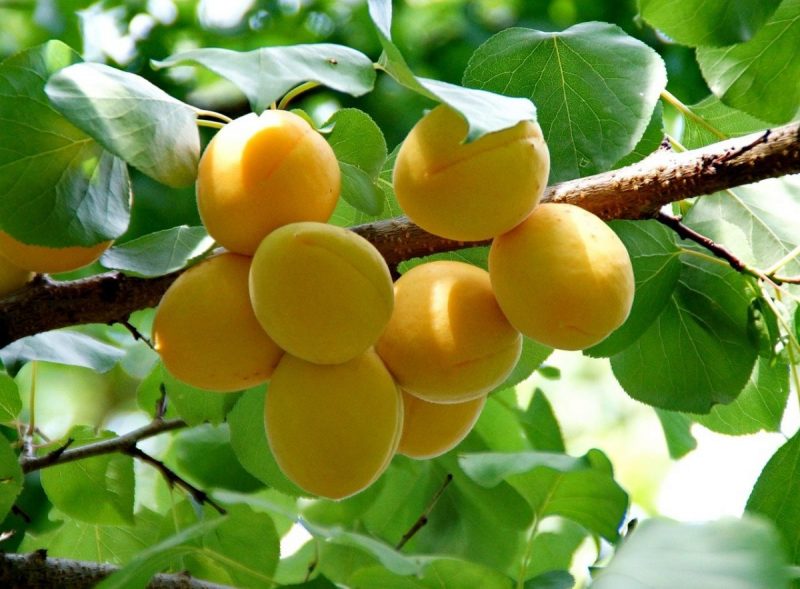
The apricot tree (Prunus armeniaca) is a medium-sized tree with a wide, thick crown. The leaves have a lanceolate shape, slightly serrated on the edge. The flowers are type 5, white or pink. The fruit is a fleshy, yellow-orange drupe. The diameter of the apricot fruit can reach 3 cm. The fruits contain sugar, protein, phosphorus, potassium, calcium, sulfur, magnesium, and vitamins (A, C, E, P).
Growing and fruiting particularities
Regardless of the rootstock used, the apricot tree develops a root system capable of feeding and supporting the whole plant. In the first years after planting, the aerial part has strong vegetative growth. Apricot is a species with high productivity, it forms a large number of flower buds, both on the long and short branches.
The apricot tree rest period causes problems for growers. It can come out of dormancy in winter windows and is often affected by frost. Production capacity is high. It bears fruit 3-4 years after planting and ensures a constant production for 15-20 years.
Climate and soil requirements
Temperature is the limiting factor for the expansion of apricot cultivation. During the vegetative dormancy period, the trees withstand temperatures of – 26 °C. It blooms if temperatures are above 12 °C. Low temperatures during the flowering phase do not prevent pollination. Sometimes pollination is done before the flowers are fully open.
The apricot tree also grows in areas where 450-550 mm of rainfall falls annually, not being pretentious to water. It makes good use of the soil water stored during winter. It is one of the most light-demanding tree species. Apricot trees must be planted on the brightest land with the rows oriented in a north-south direction. Particular caution will be paid to the planting scheme so that the trees do not overshadow each other. The tree does well on all types of soil but does not last many years on heavy and moist soils.
Soil preparation
The apricot soil preparation works are identical to those of the other fruit species. If the plantation is set up on soil that has been used as an orchard, the land should be prepared 1-2 years in advance. To restore the soil structure and eliminate infection outbreaks, the soil can be cultivated with perennial grasses. If the field is heavily infested with weeds, you can apply a non-selective herbicide.
Recommended products
-
You can find products on a different store
Change Store -
You can find products on a different store
Change Store -
You can find products on a different store
Change Store -
You can find products on a different store
Change Store -
You can find products on a different store
Change Store -
You can find products on a different store
Change Store -
You can find products on a different store
Change Store -
You can find products on a different store
Change Store -
You can find products on a different store
Change Store -
You can find products on a different store
Change Store -
You can find products on a different store
Change Store -
You can find products on a different store
Change Store -
You can find products on a different store
Change Store -
You can find products on a different store
Change Store -
You can find products on a different store
Change Store -
You can find products on a different store
Change Store -
You can find products on a different store
Change Store -
You can find products on a different store
Change Store -
You can find products on a different store
Change Store -
You can find products on a different store
Change Store -
You can find products on a different store
Change Store -
You can find products on a different store
Change Store -
You can find products on a different store
Change Store -
You can find products on a different store
Change Store
The soil can be fertilized with organic fertilizers (manure, compost). It is recommended to scarify the soil so that the roots can grow easily. All foreign matter in the soil must be collected and removed from the plot, after which the soil must be well-leveled. For precision planting, it is recommended to picket the land. Picketing is the operation by which the position of each tree is marked on the ground.
Planting
The best planting time for most fruit species (including apricot trees) is autumn. This rule also applies to peaches. The planting material should be procured only from authorized nurseries or orchards. As an indicative planting scheme, it is recommended: 5 5-meter distance between rows and 4 meters distance between trees per row.
Before planting, the roots can be trimmed. The operation is performed to remove the damaged portions and to maintain a healthy root system. The necrotic roots must be completely removed, and the healthy ones must be shortened by 7-8 cm. Root pruning should only be carried out if the root material has recently been removed from the soil. After trimming, the roots can be soaked. Mudding means dipping the root into a mixture of yellow soil, fresh manure, and water. The mud layer helps the tree to adapt to the new soil conditions and maintains the moisture around the roots. The mud must have the consistency of sour cream. If the planting material has been transported long distances, before soaking, it should be placed with the roots in a pot of water for 2 hours. This operation aims to rehydrate the roots.
The actual planting
This stage begins by digging the pit. If the soil has not been worked, the pit must be dug 2-3 months before and have the following dimensions: 100 x 100 x 80 cm. If the soil has been worked properly, the pit must be dug 1-2 days before or even on the same day. In this case, the pit will have the following dimensions: 50 x 50 x 50 cm. At the base of the pit, you can introduce a mixture of fertile soil removed from the topside of the pit and well-decomposed manure.
Insert the tree into the pit so that the root stays on the fertile layer at the base. After the roots have been covered with 10 cm of soil, carry out the first soil tamping. When planting, the roots must be in close contact with the soil. The planting depth is calculated so that the grafting point is 3 cm above the ground and facing north. After planting, insert a stake next to the tree. The tree can be covered with rodent protection materials.
Apricot tree care works
In spring, it is important to ensure the necessary amount of water. For young orchards, irrigation is mandatory. Around trees, the soil should be lightly dug or covered with plant debris (mulching). Mulching maintains a good phytosanitary condition, prevents weed growth, preserves water in the soil, and reduces the number of maintenance works.
Pruning
One of the most important maintenance works is pruning. Their role is to form the crown of the apricot tree and to maintain a balance between vegetative growth and fruiting. These ensure fruit production for several years without affecting the biological cycle of the tree.
Recommended products
-
You can find products on a different store
Change Store -
You can find products on a different store
Change Store -
You can find products on a different store
Change Store -
You can find products on a different store
Change Store -
You can find products on a different store
Change Store -
You can find products on a different store
Change Store -
You can find products on a different store
Change Store -
You can find products on a different store
Change Store -
You can find products on a different store
Change Store -
You can find products on a different store
Change Store -
You can find products on a different store
Change Store -
You can find products on a different store
Change Store -
You can find products on a different store
Change Store -
You can find products on a different store
Change Store -
You can find products on a different store
Change Store -
You can find products on a different store
Change Store -
You can find products on a different store
Change Store -
You can find products on a different store
Change Store -
You can find products on a different store
Change Store -
You can find products on a different store
Change Store -
You can find products on a different store
Change Store -
You can find products on a different store
Change Store -
You can find products on a different store
Change Store -
You can find products on a different store
Change Store
In the first year, the tree is pruned to 80 cm in spring.
After the tree has started to grow, all the buds should be removed from the stem (trunk) up to a height of 50 cm. From the upper part of the tree, choose 3-4 twigs arranged evenly on the stem. The rest of the twigs should be removed from the plant. In the second year of growth, the selected twigs must be shortened to a length of 50 cm, above an outward-facing bud. The shaft extension branch must be 25 cm higher than the first layer of the crown. This can be corrected by cutting above an outer bud. On the 3-4 main branches, 2-3 extension twigs should be left, and the rest of the growths should be eliminated.
In the third year, the extension twigs of the main branches should be shortened to 50-60 cm.
The prunings should be made above an outward-facing bud. On the central axis choose 3-4 twigs arranged evenly on the stem. Remove competing branches and those that overshadow each other. The remaining branches on the axis should be shortened to 10-15 cm to bear fruit. During the summer, remove the water sprouts, the competing branches, and those on the upper (crown) side of the main branches. After four years of pruning, the tree will start to bear fruit. In the following years, eliminate water sprouts, and dry or diseased branches, and maintain a balance between growth and fruiting.
Summer pruning is easier with apricots. During this period, remove water sprouts and cross branches. The tips of the young twigs should also be removed. This process causes buds to develop below the cutting site. All cuts need to be made at an angle of 45 degrees, and wounds larger than 2 cm should be covered with pruning sealer. This way, the water will drain easily from the wound.
Recommended products
-
You can find products on a different store
Change Store -
You can find products on a different store
Change Store -
You can find products on a different store
Change Store -
You can find products on a different store
Change Store -
You can find products on a different store
Change Store -
You can find products on a different store
Change Store -
You can find products on a different store
Change Store -
You can find products on a different store
Change Store -
You can find products on a different store
Change Store -
You can find products on a different store
Change Store -
You can find products on a different store
Change Store -
You can find products on a different store
Change Store -
You can find products on a different store
Change Store -
You can find products on a different store
Change Store -
You can find products on a different store
Change Store -
You can find products on a different store
Change Store -
You can find products on a different store
Change Store -
You can find products on a different store
Change Store -
You can find products on a different store
Change Store -
You can find products on a different store
Change Store -
You can find products on a different store
Change Store -
You can find products on a different store
Change Store -
You can find products on a different store
Change Store -
You can find products on a different store
Change Store
To control tree growth and fruiting, several steps can be taken to change the position of the branches.
These are represented by: branch training, branch tilting, and branch arching.
- Branch training: represents the change of natural position of the branches, towards the vertical. This causes the branch to grow and strengthen. This operation should carried out mainly in the mature phase of the trees. In this phase, the vegetative growth ceases and this operation leads to the rejuvenation of the tree crown.
- Branch tying down: it consists in changing the position of the branches, towards the horizontal. This causes the buds on the branch to differentiate and aerates the crown. Branches can be tied down below the horizontal to obtain abundant fruiting. This operation is practiced in the young stage of the trees when vegetative growth is predominant.
- Branch arching: through this change of position, the basal part remains ascending, and the terminal part is inclined below the horizontal (descent). This operation stops or slows down the growth in length of the branch and promotes bud growth. Trees that have been arched begin to bear fruit 2-3 years earlier.
Weed control
The soil in the orchard should be maintained as in other fruit species. In the case of young plants, the soil can be cultivated with vegetables or perennial herbs. Examples: tomatoes, peppers, eggplant, onions, garlic, potatoes. During the first three years after planting do not apply herbicides. In the case of mature orchards, the soil should be kept free of weeds by applying herbicides. Examples of herbicides that can be used:
Recommended products
-
You can find products on a different store
Change Store -
You can find products on a different store
Change Store -
You can find products on a different store
Change Store -
You can find products on a different store
Change Store -
You can find products on a different store
Change Store -
You can find products on a different store
Change Store -
You can find products on a different store
Change Store -
You can find products on a different store
Change Store -
You can find products on a different store
Change Store -
You can find products on a different store
Change Store -
You can find products on a different store
Change Store -
You can find products on a different store
Change Store -
You can find products on a different store
Change Store -
You can find products on a different store
Change Store -
You can find products on a different store
Change Store -
You can find products on a different store
Change Store -
You can find products on a different store
Change Store -
You can find products on a different store
Change Store -
You can find products on a different store
Change Store -
You can find products on a different store
Change Store -
You can find products on a different store
Change Store -
You can find products on a different store
Change Store -
You can find products on a different store
Change Store -
You can find products on a different store
Change Store
Protecting apricot trees in the cold season
Due to the unstable weather conditions, fruit trees are often affected by late spring frosts. They can compromise the harvest, so to protect the trees, you may consider the fumigation technique. When low temperatures are announced, in the orchard, you can burn easily burning materials (gathered in piles), which produces a large amount of smoke (rubber, straw, manure, tar, peat, etc.). Thus, the smoke layer that forms above the orchard does not allow heat to be released from the soil and thus maintains a higher temperature at the trunk/tree crown level. It is very important to keep the fire on throughout the night, especially before sunrise, when temperatures drop sharply. This operation can protect the trees from temperatures down to -3 °C.
Fertilization
Apricot tree needs more nitrogen and phosphorus than other species, it also needs a larger amount of trace elements. Applying fertilizers (dosage, ratio of elements) should only be done after a chemical analysis of the soil. To ensure the necessary microelements, it is recommended to supplement the basic fertilization with foliar fertilizers.
Recommended products
-
You can find products on a different store
Change Store -
You can find products on a different store
Change Store -
You can find products on a different store
Change Store -
You can find products on a different store
Change Store -
You can find products on a different store
Change Store -
You can find products on a different store
Change Store -
You can find products on a different store
Change Store -
You can find products on a different store
Change Store -
You can find products on a different store
Change Store -
You can find products on a different store
Change Store -
You can find products on a different store
Change Store -
You can find products on a different store
Change Store -
You can find products on a different store
Change Store -
You can find products on a different store
Change Store -
You can find products on a different store
Change Store -
You can find products on a different store
Change Store -
You can find products on a different store
Change Store -
You can find products on a different store
Change Store -
You can find products on a different store
Change Store -
You can find products on a different store
Change Store -
You can find products on a different store
Change Store -
You can find products on a different store
Change Store -
You can find products on a different store
Change Store -
You can find products on a different store
Change Store
Irrigation
Although it is drought resistant, to reach the production potential, apricot trees must be irrigated. It is not recommended to irrigate in the fruit ripening phase. At this stage, irrigation causes apricot fruit to crack and decrease its nutritional properties. Depending on the climatic conditions, 4-5 irrigations can be applied with norms of 300-400 m³ / ha. The best results are obtained by applying water on the furrows and by dripping.
Pest and disease control
Orchard’s phytosanitary condition is very important. Carrying out phytosanitary treatments according to the specific calendar for apricots can significantly reduce the occurrence of diseases and pests. To destroy outbreaks of infection in the orchard, apply treatments during the dormant period (winter). Treatments should be applied in winter windows when the temperature is above 5 °C.
Against diseases, the first treatment (after leaf fall) should be done with copper-based products. The second spraying with copper-based products must be done in spring, at bud break. The solution should be sprayed all over the tree, from the base of the tree to the branches. These treatments need to be applied on days without rainfall, with temperatures above 6-7° C, so the solution does not freeze on the trees. 7-10 days after applying the copper treatments, apply a horticultural oil treatment, which acts against pests that may overwinter in the bark of the tree.
Recommended products
-
You can find products on a different store
Change Store -
You can find products on a different store
Change Store -
You can find products on a different store
Change Store -
You can find products on a different store
Change Store -
You can find products on a different store
Change Store -
You can find products on a different store
Change Store -
You can find products on a different store
Change Store -
You can find products on a different store
Change Store -
You can find products on a different store
Change Store -
You can find products on a different store
Change Store -
You can find products on a different store
Change Store -
You can find products on a different store
Change Store -
You can find products on a different store
Change Store -
You can find products on a different store
Change Store -
You can find products on a different store
Change Store -
You can find products on a different store
Change Store -
You can find products on a different store
Change Store -
You can find products on a different store
Change Store -
You can find products on a different store
Change Store -
You can find products on a different store
Change Store -
You can find products on a different store
Change Store -
You can find products on a different store
Change Store -
You can find products on a different store
Change Store -
You can find products on a different store
Change Store
Recommended products
-
You can find products on a different store
Change Store -
You can find products on a different store
Change Store -
You can find products on a different store
Change Store -
You can find products on a different store
Change Store -
You can find products on a different store
Change Store -
You can find products on a different store
Change Store -
You can find products on a different store
Change Store -
You can find products on a different store
Change Store -
You can find products on a different store
Change Store -
You can find products on a different store
Change Store -
You can find products on a different store
Change Store -
You can find products on a different store
Change Store -
You can find products on a different store
Change Store -
You can find products on a different store
Change Store -
You can find products on a different store
Change Store -
You can find products on a different store
Change Store -
You can find products on a different store
Change Store -
You can find products on a different store
Change Store -
You can find products on a different store
Change Store -
You can find products on a different store
Change Store -
You can find products on a different store
Change Store -
You can find products on a different store
Change Store -
You can find products on a different store
Change Store -
You can find products on a different store
Change Store
Harvesting
Harvesting takes place when the apricot fruits are ripe for consumption, through 2-3 passes. The optimum time for harvesting is indicated by the fruit’s color and size. If the optimum harvest time is delayed, the fruit quality deteriorates and can no longer be handled. Apricots can be stored for 1-2 weeks in controlled-atmosphere warehouses at 1-3 °C and 85-90 % humidity.














































































































































































































































































































































































































































